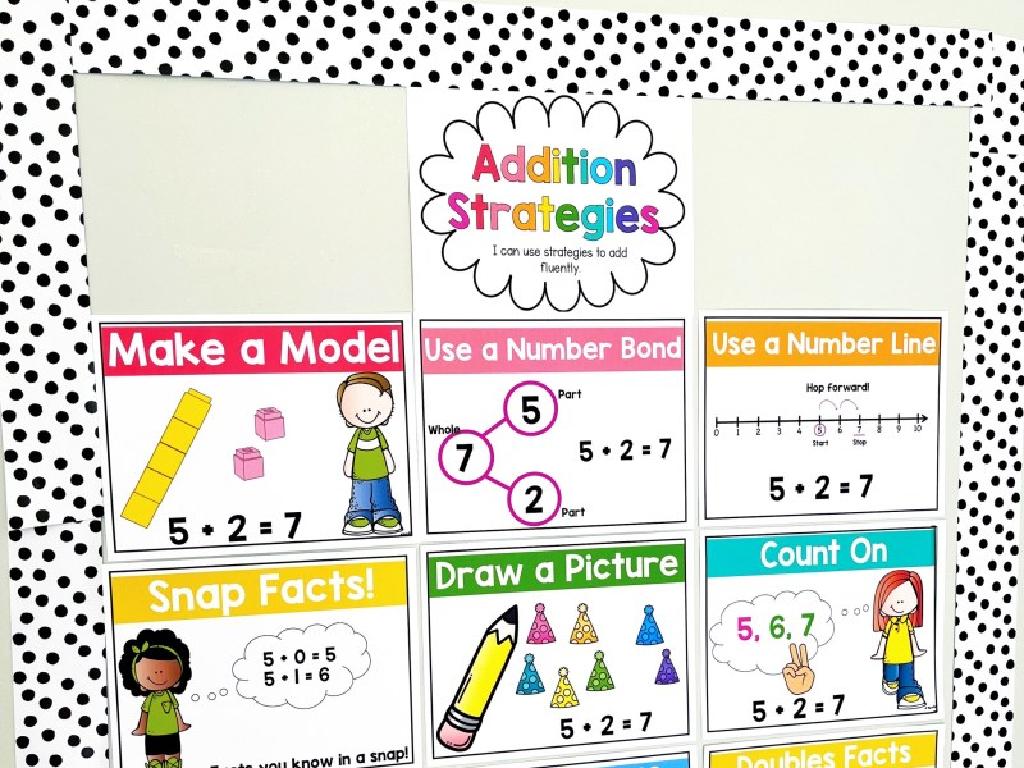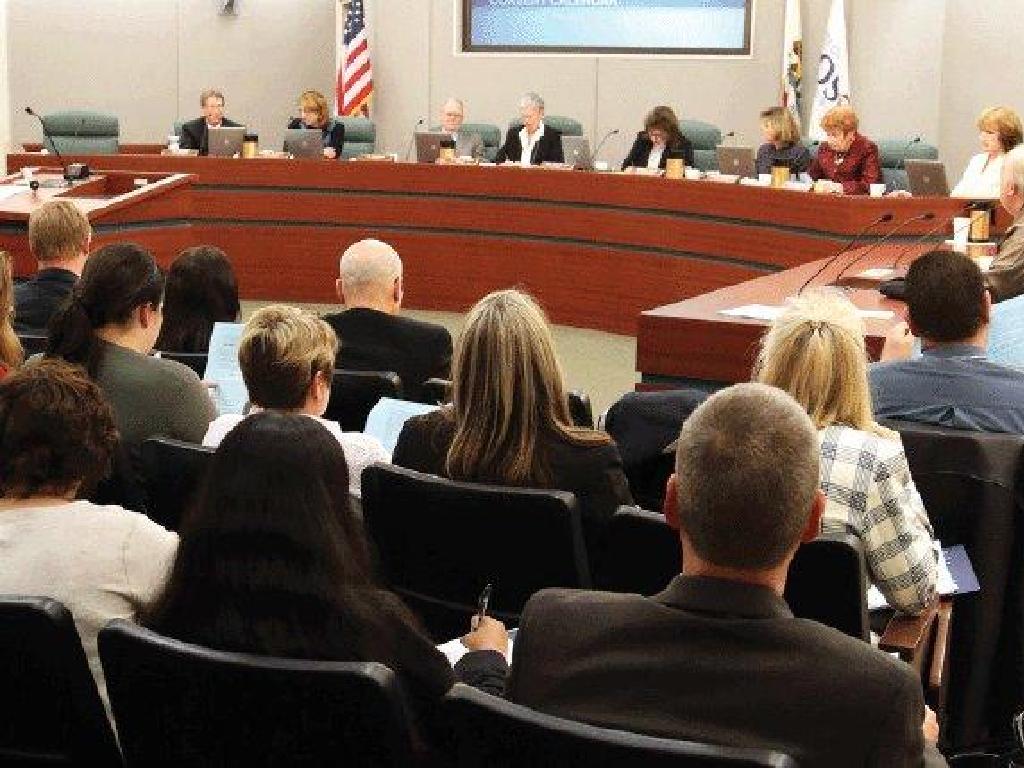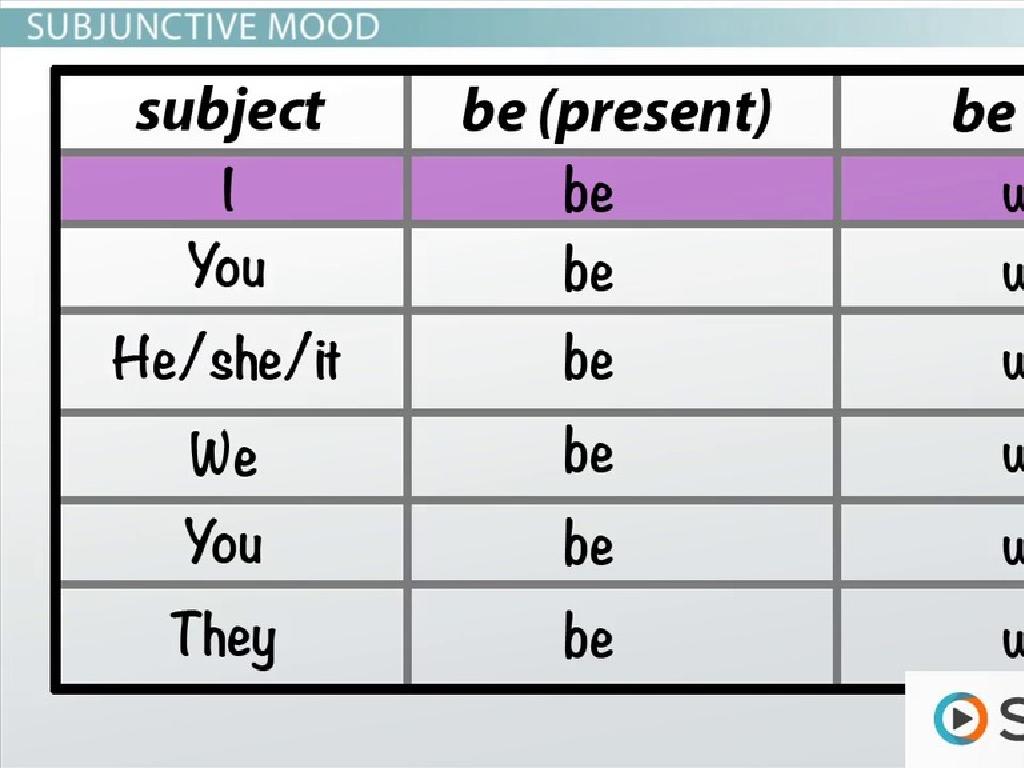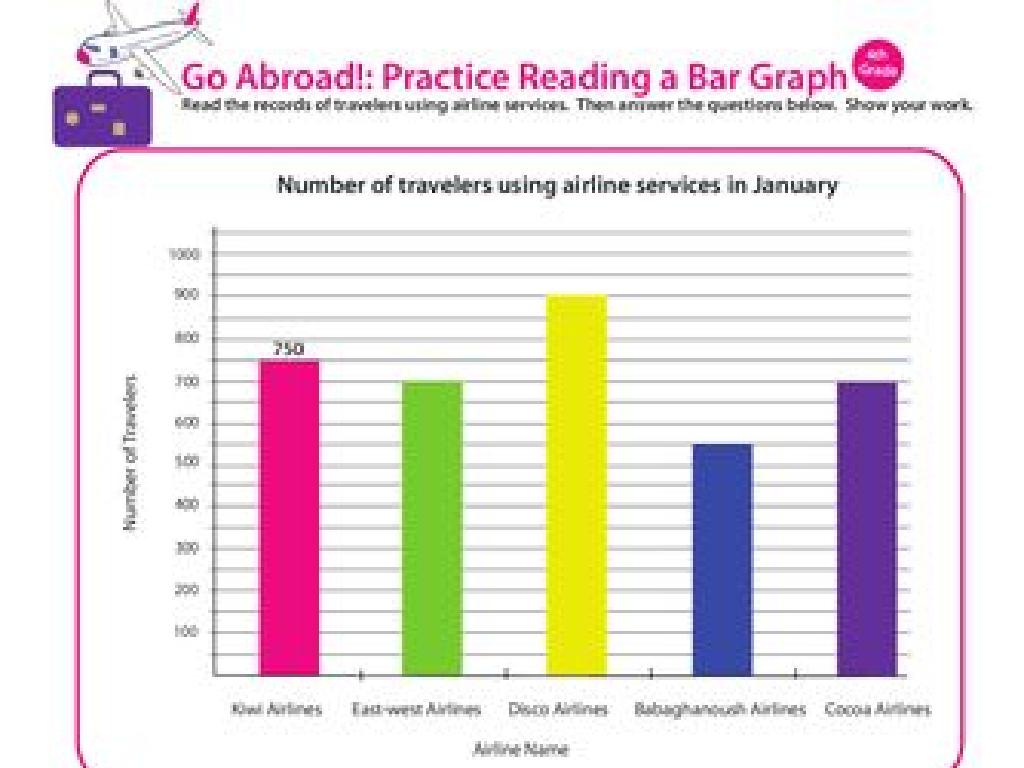Congruence Statements And Corresponding Parts
Subject: Math
Grade: Eighth grade
Topic: Transformations And Congruence
Please LOG IN to download the presentation. Access is available to registered users only.
View More Content
Congruence Statements and Corresponding Parts
– Understanding transformations
– Movements that preserve shape and size
– Congruence in geometry
– Figures are congruent if all corresponding parts match
– Writing congruence statements
– Use symbols like E to show congruence
– Identifying corresponding parts
– Match angles and sides in congruent figures
|
This slide introduces the concepts of transformations and congruence, which are fundamental in understanding geometry. Transformations include translations, rotations, reflections, and dilations, all of which preserve the shape and size of figures, leading to congruence. Congruent figures have exactly the same size and shape, with every corresponding part (angles and sides) matching. Students will learn to write congruence statements using appropriate symbols and identify corresponding parts of congruent figures. Emphasize the importance of these concepts in proving geometric theorems and solving problems. Provide examples of congruent shapes and practice writing congruence statements as a class.
Understanding Congruence in Geometry
– Define congruence in geometry
– Congruence means two figures have the same shape and size.
– Congruent shapes: identical in size and shape
– Two figures that are the exact copies of each other, like two printed pages from the same file.
– Classroom examples of congruence
– Identical twins, same model of a smartphone, or matching desks.
|
This slide introduces the concept of congruence, which is a fundamental idea in geometry. Congruence refers to the exact ‘sameness’ of two shapes in terms of both size and shape. To help students grasp this concept, use tangible examples from the classroom such as pairs of scissors, books, or desks that are identical. Encourage students to think of their own examples of congruent objects. This understanding will be crucial as they learn to identify congruent figures and understand congruence statements in geometric proofs.
Congruence Statements and Corresponding Parts
– Writing a Congruence Statement
– Use the format: Triangle ABC E Triangle DEF
– Order of Vertices Matters
– The order of letters in a statement shows which vertices correspond
– Identifying Corresponding Parts
– Match each vertex of one shape to the other’s equivalent
– Practice with Congruent Shapes
|
This slide introduces students to the concept of congruence statements in geometry, emphasizing the importance of the order of vertices and how to identify corresponding parts in congruent shapes. Start by explaining the standard format for writing congruence statements, ensuring students understand that each vertex in one shape corresponds to a specific vertex in the other shape. Highlight that the order of vertices in the statement is crucial as it indicates which sides and angles are congruent. Provide practice examples where students identify corresponding parts in pairs of congruent shapes, reinforcing their understanding of congruence and the notation used to express it. Encourage students to ask questions and discuss why the order of vertices cannot be arbitrary.
Corresponding Parts in Congruent Shapes
– Define Corresponding Parts
– Parts in different shapes that are in the same relative position
– Sides & Angles in Congruent Shapes
– If two shapes are congruent, all corresponding sides and angles are equal
– Congruence Statements Usage
– Statements like ‘Triangle ABC E Triangle DEF’ show which parts match
– Identifying Corresponding Parts
– Practice by matching sides and angles in congruent figures
|
This slide introduces students to the concept of corresponding parts within congruent shapes, a fundamental aspect of understanding geometric congruence. Begin by defining corresponding parts as those that are located in the same relative positions in different shapes. Emphasize that in congruent shapes, all corresponding sides and angles are equal in measure. Use congruence statements to teach students how to identify which parts of one shape correspond to another. For example, in congruent triangles ABC and DEF, angle A corresponds to angle D, side AB to side DE, and so on. Encourage students to practice by looking at diagrams of congruent shapes and matching each corresponding part. This will prepare them for more complex problems involving congruence and similarity.
Exploring Congruent Triangles
– Defining congruent triangles
– Shapes identical in size and shape, all corresponding sides and angles are equal
– Triangle congruence criteria
– Criteria: SSS, SAS, ASA, AAS, HL for proving triangles congruent
– Matching corresponding parts
– Identify and match angles and sides of congruent triangles
– Congruence in geometric proofs
|
This slide introduces students to the concept of congruent triangles, which are triangles that are identical in size and shape, with all corresponding sides and angles being equal. The criteria for triangle congruence Side-Side-Side (SSS), Side-Angle-Side (SAS), Angle-Side-Angle (ASA), Angle-Angle-Side (AAS), and Hypotenuse-Leg (HL) are essential for students to learn as they provide the foundation for proving triangles are congruent. Students should practice matching corresponding parts of congruent triangles, which is a critical skill in solving geometric proofs. Encourage students to use these criteria to explore congruence in various geometric figures and understand its application in real-world contexts.
Real-life Applications of Congruence
– Congruence in architecture
– Buildings with symmetrical designs rely on congruent shapes
– Standardizing parts in manufacturing
– Identical machine parts are made using congruence principles
– Discussing the importance of congruence
– Why does congruence matter in various fields?
– Exploring congruence in daily life
– Congruent objects are everywhere; find examples around you
|
This slide aims to show students the practical applications of congruence in real life, particularly in architecture, where symmetry is key to aesthetic and structural design, and in manufacturing, where congruence ensures that parts fit together perfectly. Engage students in a discussion about why congruence is crucial in these areas, and encourage them to think about the consequences of non-congruent parts in these contexts. Ask students to look for and share examples of congruence they encounter in their daily lives, fostering an understanding of the concept beyond the classroom.
Class Activity: Congruence Hunt
– Find congruent shape pairs in class
– Write congruence statements for pairs
– For example, if two triangles are congruent, write: ³ABC E ³DEF
– Present your findings to the class
– Reflect on the activity
– Think about what made shapes congruent and how you determined it
|
This interactive activity is designed to help students apply their knowledge of congruence in a practical setting. Students will search for pairs of congruent shapes around the classroom, which will help them recognize congruence in everyday objects. Once they find a pair, they should write a congruence statement, such as ‘³ABC E ³DEF’ to demonstrate their understanding. Afterward, students will present their findings to the class, explaining how they determined the shapes were congruent. This will foster communication skills and peer learning. As a reflection, encourage students to discuss the properties that made the shapes congruent and the process they used to identify them. For the teacher: Prepare a list of possible shapes that can be found in the classroom and ensure there are enough examples for all students. Consider having different shapes available for students who may need additional support or challenge.
Conclusion: Congruence and Precision
– Recap: Congruence Statements
– Geometry requires precision
Exactness in measurements and definitions is crucial.
– Homework: Craft congruent shapes
Use paper, scissors, and a ruler to make shapes.
– Write congruence statements
For example, if you create two triangles, label sides and angles to show congruence.
|
As we wrap up today’s lesson on congruence statements and corresponding parts, remember the importance of precision in geometry. Accurate measurements and clear definitions help us communicate effectively in mathematics. For homework, students are to create their own congruent shapes using tools like paper, scissors, and a ruler. They should then write the congruence statements for these shapes, ensuring they label sides and angles clearly to demonstrate congruence. This exercise will reinforce their understanding of congruence and corresponding parts. Encourage creativity but also remind them to be precise in their work.






